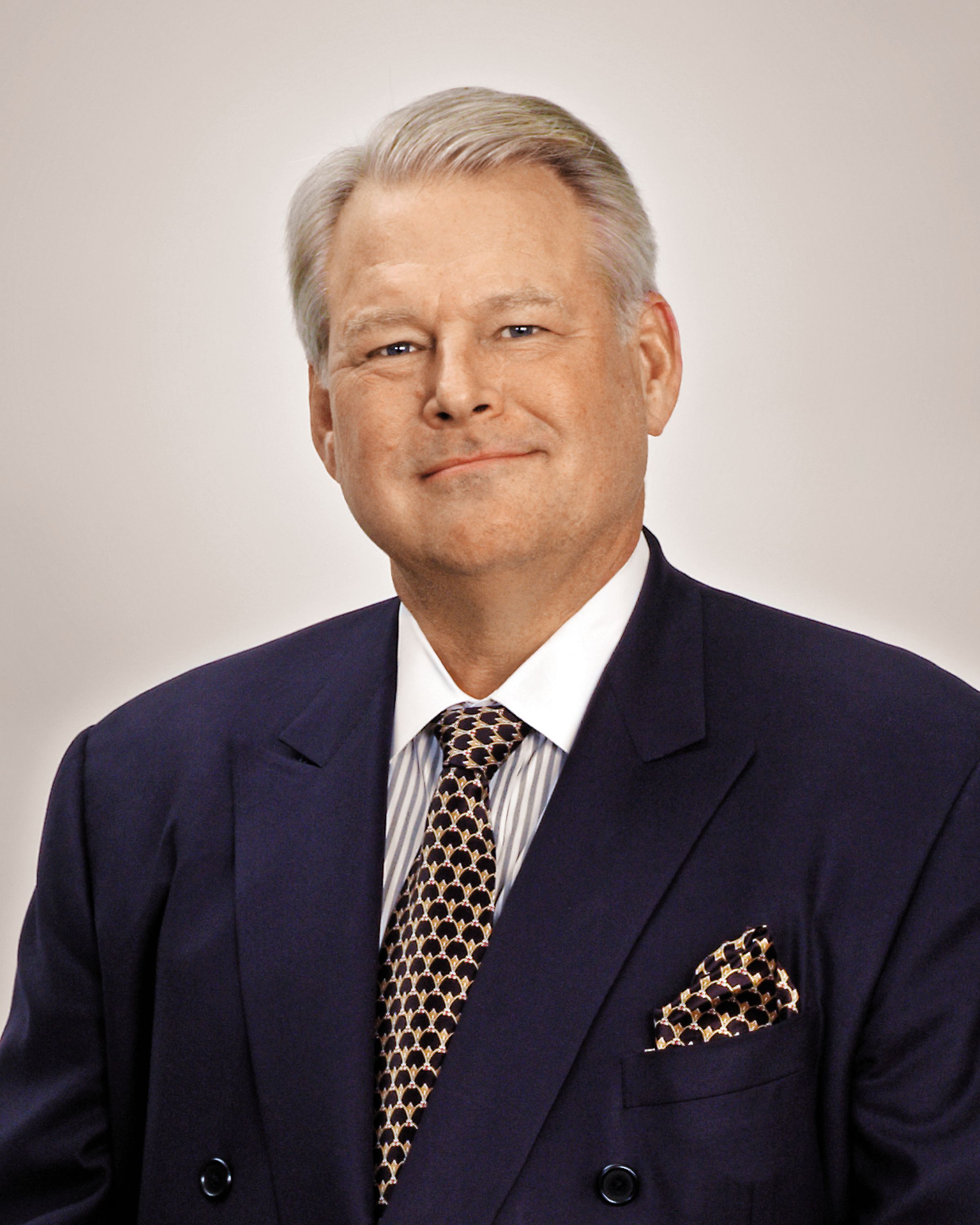Article
How femtosecond laser adds value to cataract surgery practices, patients
Laser refractive cataract surgery improves the predictability of refractive outcomes, and this benefit holds value for surgeons and patients.
Take Home
Laser refractive cataract surgery improves the predictability of refractive outcomes, and this benefit holds value for surgeons and patients.

Dr. Lindstrom
By Cheryl Guttman Krader; Reviewed by Richard L. Lindstrom, MD
Minneapolis-Judging from the commitment of industry leaders and results of surveys gauging surgeon interest, laser refractive cataract surgery (LRCS) is here to stay. However, there are concerns about affordability and reimbursement, which represent the major barrier to more widespread adoption, said Richard L Lindstrom, MD.
Dr. Lindstrom described his practice’s initial ability to integrate LRCS in an economically successful fashion, taking advantage of the opportunity it provides to generate satisfied premium channel patients.
“We know from past experience with phacoemulsification, posterior chamber IOLs, and the excimer and femtosecond lasers in refractive surgery that the introduction of new technology increases surgical cost,” said Dr. Lindstrom, founder and attending surgeon, Minnesota Eye Consultants, and adjunct clinical professor emeritus, department of ophthalmology, University of Minnesota, Minneapolis. “However, the added expense is increasingly being borne by patient-shared responsibility for value and benefit that is real and perceived, and we need to offer new elective procedures to meet increasing patient demands.
Defining value
The costs of adding new technology, Dr. Lindstrom said, can be overcome by defining the value proposition. Data showing that satisfaction of patients receiving advanced technology IOLs depends on hitting the refractive target establishes value for LRCS.
“It turns out that being within 0.5 D of the refractive target is the major determinant of achieving happy patients when performing refractive cataract surgery,” he said. “Generating these refractive surgery-like outcomes in cataract surgery may be enhanced using the femtosecond laser in the surgery for more precise placement of arcuate incisions.”
The benefit of delivering better surgical results resonates with patients, and particularly with baby boomers who generally prioritize outcomes over cost. Appealing to baby boomers is important, he said, considering they represent an enormous pool of future cataract surgery patients and many have the resources to afford LRCS.

“There are about 78 million baby boomers in our population, and they control over 80% of personal financial assets and more than 50% of discretionary spending power in the United States,” Dr. Lindstrom said.
He added that a comparison with the expense of a dental procedure puts the cost of LRCS into a positive perspective.
“I tell patients that the added out-of-pocket expense for LRCS is less than the cost of a single tooth implant. Many of these patients have already had multiple implants,” he said.
Increasing revenue through growing volume
By adding LRCS, Dr. Lindstrom said his practice decided to offer it for the same fees already being charged for premium channel procedures. Even without raising charges, his practice benefitted financially because thanks to the availability of LRCS, the number of patients undergoing premium channel surgeries initially grew.
“We are seeing more patients who come to us because they consider our practice high tech or who are sent by referring doctors,” he said. “Now the numbers of cataract surgery patients who are choosing an astigmatism-correcting procedure or implantation of a toric or presbyopia-correcting IOL is increasing.”
Dr. Lindstrom noted that sharing a laser rather than purchasing one may make good financial sense for some surgeons. The shared option is available through SightPath Medical, a company that mobilizes excimer and femtosecond lasers.
“In the past year, Sightpath Medical has made 12 mobile femtosecond lasers for cataract surgery available in the United States. With this approach, the procedure can be accessed at a reasonable cost to the surgeons from case 1,” Dr. Lindstrom said.
Dr. Lindstrom also stressed that surgeons remember that they cannot charge more for just doing laser-assisted cataract surgery-patients must have a refractive cataract procedure.
“It is the refractive surgery aspects that are reimbursed,” he said. “Treatment of astigmatism is a ‘safe harbor’, and surgeons can charge appropriate fees as long as they are treating astigmatism.”
Richard L. Lindstrom, MD
E: rllindstrom@mneye.com
Dr. Lindstrom is a consultant to Bausch + Lomb, Alcon, and Abbott Medical Optics, companies that market femtosecond lasers for cataract surgery. He is medical director for SightPath Medical and is an investor in that company.
Newsletter
Don’t miss out—get Ophthalmology Times updates on the latest clinical advancements and expert interviews, straight to your inbox.




